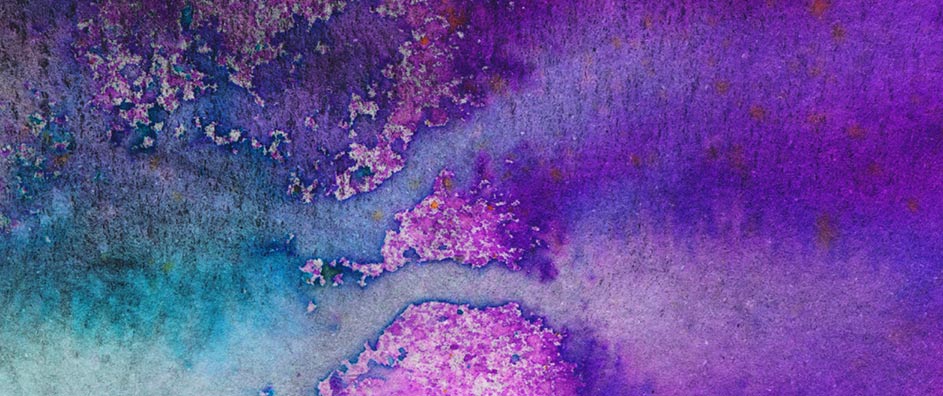What if the key to uncovering your purpose in life lies hidden within the intricate folds of art? This inquiry transcends mere curiosity; it poses a profound challenge: how do we interpret the artistic expressions that surround us in our quest for meaning? The Bahá’í teachings provide a framework that encourages individuals to explore this relationship between art and personal purpose, unlocking the power of human creativity as a divine expression. Exploring this fascinating intersection, we can delve into the realms of purpose, creativity, art, and spirituality embodied within the Bahá’í Faith.
At the heart of Bahá’í philosophy is the belief in the essential unity of all religions. This principle cultivates an environment in which art becomes a vital conduit for understanding oneself and one’s role in the universe. The Bahá’í teachings assert that every human being is endowed with intrinsic worth and potential, and that means each individual carries a unique purpose waiting to be unearthed. Artistic endeavors can serve as a medium to explore one’s inner self while simultaneously reflecting the beauty of creation.
Art, in many forms—painting, music, literary works, and performance—offers a unique lens through which individuals can engage with the complexities of existence. It illustrates the struggles, triumphs, and myriad emotions that define the human experience. In their artistic expressions, individuals not only engage their own creativity but also connect with the universal truths that bind humanity across diverse cultures and backgrounds. This brings us to a pivotal question: how can one actively use art to explore and ultimately discover their unique purpose?
To embark on this introspective journey, it is essential first to cultivate a mindset of openness and wonder. The Bahá’í teachings encourage us to embrace knowledge and seek education as a lifelong endeavor. This quest for understanding extends beyond academic pursuits; it encompasses a deep exploration of one’s innermost desires, fears, and aspirations. As individuals engage with various artistic forms, they must ask themselves reflective questions: What resonates with me? How does this piece of art make me feel? What themes or messages recur in my artistic experiences?
Art has the potential to illuminate aspects of one’s identity that may have previously gone unrecognized. For instance, creating or interpreting art can highlight latent talents or interests that serve as indicators of one’s purpose. Consider how a painter’s brush strokes might mirror their inner struggles or how a musician’s melodies echo their life experiences. Each creative act can yield revelations about personal inclinations and aspirations. The challenge here lies in the willingness to confront uncomfortable truths that might surface during this creative exploration.
Further, engaging with art through a Bahá’í lens accentuates the interconnectedness of creation. The Bahá’í teachings emphasize that humanity shares a collective destiny, and each individual’s purpose contributes to the overarching tapestry of existence. When creators approach their art with the intention of service, the act of creation transforms into a means of fulfilling one’s purpose. A writer may pen a story that inspires others to pursue their dreams, while a musician might compose a piece that stirs the hearts of listeners, prompting them to engage with their passions.
Participating in artistic communities is another avenue through which individuals can deepen their understanding of their life’s purpose. Collaboration fosters an exchange of ideas and perspectives, enriching the creative process. When Bahá’ís come together to create art, whether through exhibitions, performances, or workshops, they cultivate a shared commitment to celebrate diversity and the inherent talents of each contributor. This communal endeavor not only enriches the individual artist but also serves as a microcosm of the larger Bahá’í principle of unity.
As individuals reflect on how their artistic journeys intertwine with their purpose, they should also be mindful of the transformative power of criticism and feedback. Just as the teachings of the Bahá’í Faith advocate for constructive dialogue and relentless self-improvement, so too can artists thrive through engagement with critique. An artist’s commitment to growth involves analyzing feedback while remaining steadfast to their unique vision. This can be a daunting challenge; however, it can lead to significant personal and artistic evolution.
It is essential to recognize that the process of discovering one’s purpose through art is not always linear. There will be moments of enlightenment accompanied by periods of uncertainty and doubt. Embracing this ambiguity is a testament to the authenticity of one’s artistic expression. The Bahá’í teachings affirm that this journey is sacred and worthy; every step taken in pursuit of understanding is a step toward fulfilling one’s divine potential. So, rather than viewing the pursuit of purpose as a destination, one must consider it an ongoing expedition marked by growth and exploration.
In conclusion, discovering one’s purpose through art is a multifaceted journey interwoven with creativity, community, and self-reflection. The Bahá’í Faith, with its rich teachings on the importance of unity and individuality, provides an inspiring foundation for exploring this profound connection. By actively engaging with artistic expression, individuals can unlock the unique tapestries of their lives and contribute to the unity of humanity. Art, in its wondrous forms, offers not just a means of expression but a portal to uncover the deeper truths of our existence, urging us toward our ultimate purpose. The challenge remains: will you dare to explore the depths of your artistic spirit to unveil the purpose that lies within?
